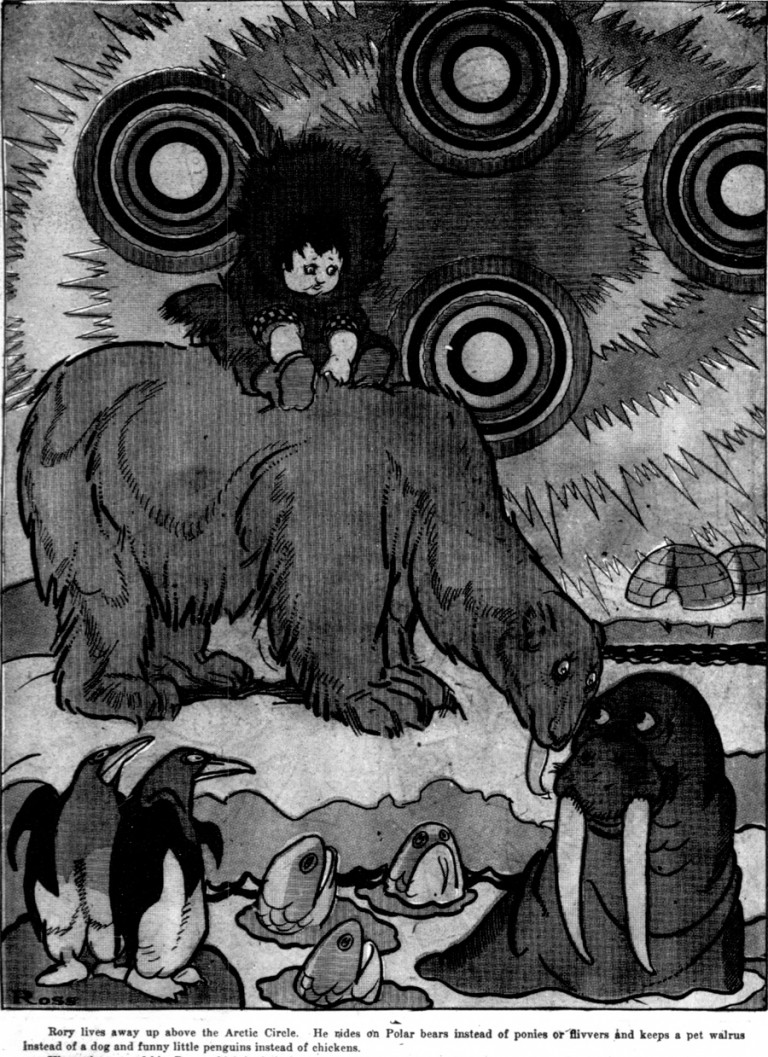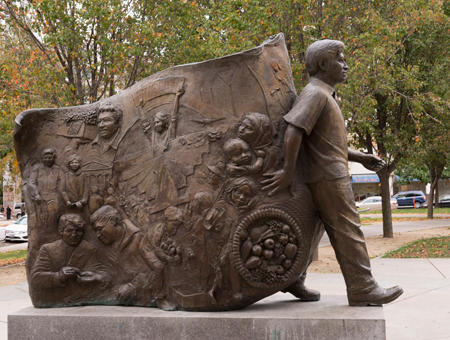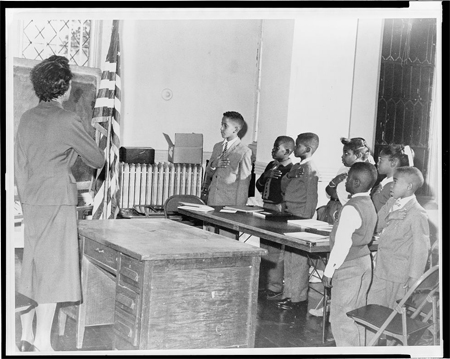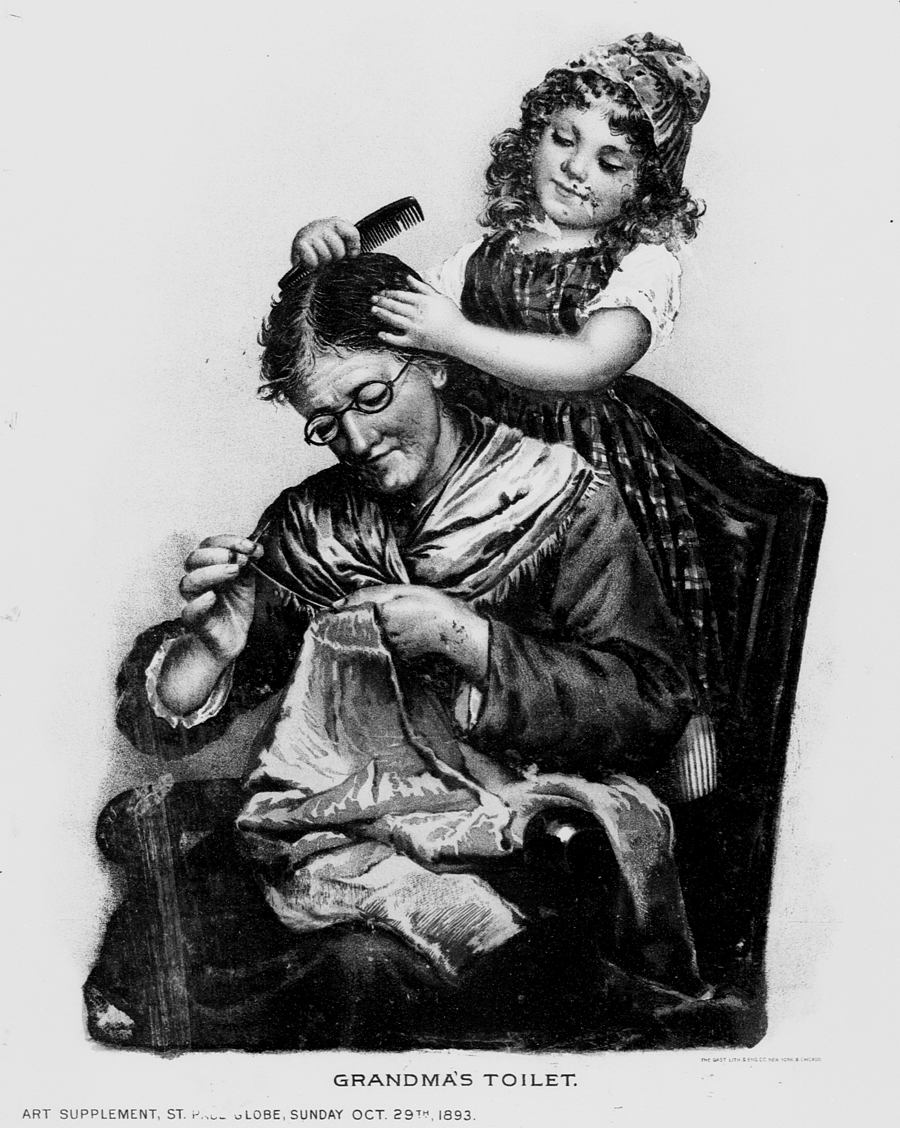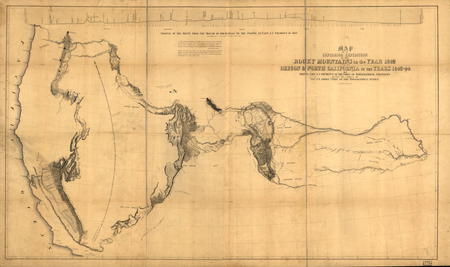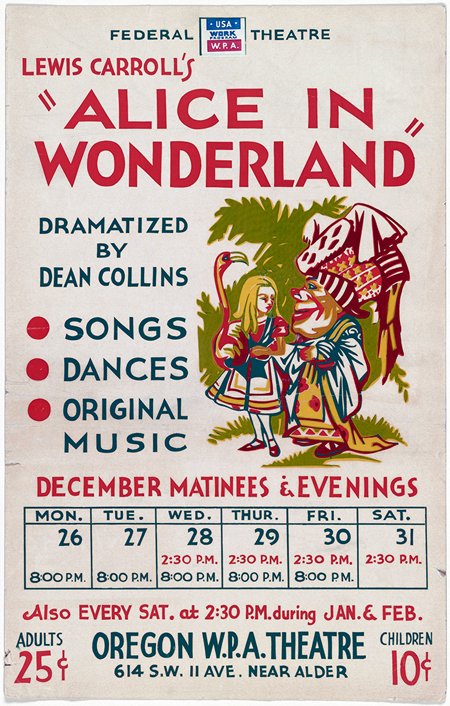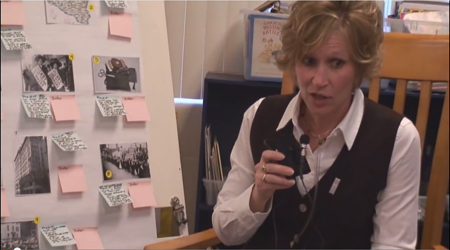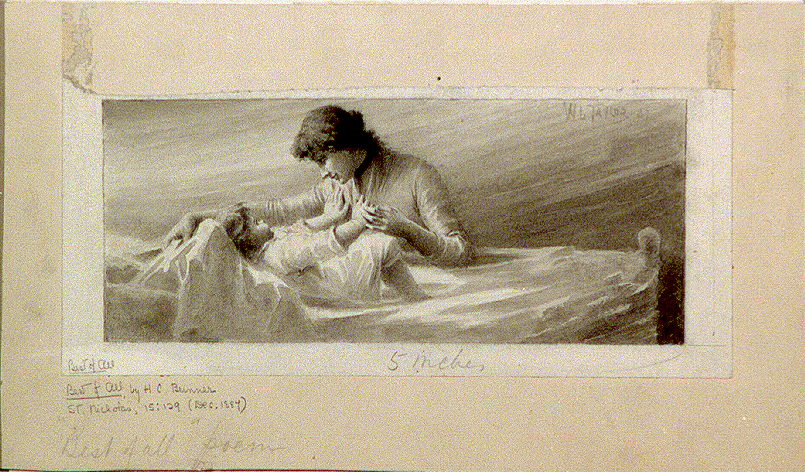Guided Primary Source Analysis: Little Rory Borealis
Look carefully at this map of the Arctic (online or .pdf document). Which countries could Rory live in if he lived above the Arctic Circle? Which of the animals in the picture would you NOT see in the Arctic Circle? Rory’s mother named him after the Aurora Borealis, also called the Northern Lights, which you…

